With the pilot and commercialization of the 5G system, the large power consumption demand of 5G equipment will make the demand for batteries even greater. On the one hand, the huge power backup demand of 5G communication base stations, and on the other hand, a large number of retired power batteries for automobiles makes communication base stations the best application scenario for ladder batteries.
The battery is an important part of the 5G base station power supply, and currently, lead-acid batteries, lithium batteries, smart lithium batteries, and lithium iron phosphate batteries are the choice of 5G base stations. However, under the promotion of policy and the significant improvement of the advantages of lithium batteries, lead-acid batteries are gradually going to be eliminated and the batteries for base stations are gradually converted to ladder lithium.
5G base station application scenario, lithium iron phosphate battery "overwhelming" advantage has been recognized by the industry. From the technical level analysis, lithium iron phosphate battery cycle life is long, fast charging and discharging speed, high-temperature performance, to reduce operating costs for 5G base stations, improve operational efficiency.

Cycle life
General lead-acid battery cycle life of 3-5 years, charge and discharge times of 500-600 times, while lithium iron phosphate cycle life of more than 10 years, charge and discharge times of more than 3000 times, that is, in the whole life cycle of the base station, such as the use of the lead-acid battery, the need to replace the battery, while lithium iron phosphate batteries do not need to remove and replace.
Cost
Although the cost of the lithium iron phosphate battery cost 1-2 times higher than the lead-acid battery, in 5000 cycles of system life, the lithium iron phosphate battery cost is only 1/3 of the lead-acid battery. from the long-term operating economy, lithium iron phosphate battery cost is lower.
Charge and discharge speed
Compared to lead-acid batteries, lithium iron phosphate batteries are also better in terms of charging and discharging speed. Lithium iron phosphate battery charging speed is 10 times faster than the lead-acid battery, which will greatly save the base station backup power battery charging time. It is understood that as an energy storage battery, lithium iron phosphate batteries can also be stored at night during the low period of electricity, released during the daily peak period, to achieve peak shaving and fill the valley, further reducing the cost of electricity for base stations.
BMS battery management system
Lithium iron phosphate battery BMS (Battery Management System) can monitor the entire battery system equipment to achieve the monitoring of each battery performance in the backup power, the user can easily grasp the remaining power of each battery and equipment operation with just a fingertip, which is highly compatible with the development of 5G base station wisdom trend.
Safety
In terms of safety, lithium iron phosphate battery temperature runaway degree is high, the occurrence of the open flame explosion is less, its safety controllability is high, to ensure the safe operation of 5G base stations. In the future of new 5G base station projects, will continue to encourage the use of lithium iron phosphate as a base station backup power battery, to promote the large-scale application of lithium iron phosphate in base stations.
High-temperature performance
Existing base station air conditioning set to 28 ℃, if raised to 35 ℃, the need for lead-acid batteries separately configured insulation box, otherwise, the temperature rises by 10 degrees each, the battery life is reduced by half. And lithium iron phosphate batteries can withstand high temperature 55 ℃, life is not affected, you can directly base station temperature setting value up to achieve energy saving and emission reduction.
Installation space
The installation occupies a small area. Lead-acid batteries need to be installed in a single layer double column, the former occupies 29% of the latter. The same group of 48V/300Ah LiFePO4 battery pack and lead-acid battery pack, under the same installation, the former covers 59% of the latter, and the weight of the former is 34% of the latter.

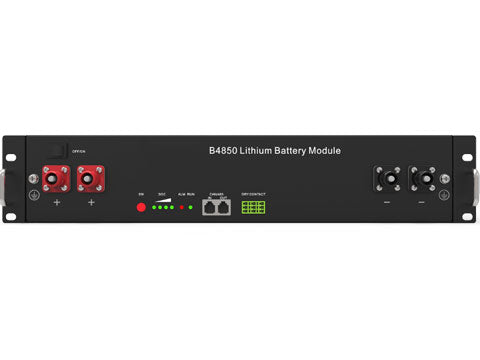
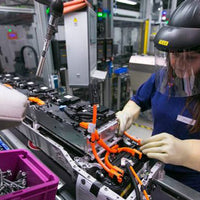
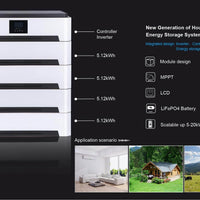
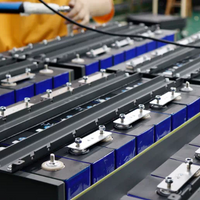
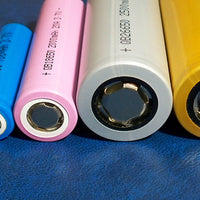
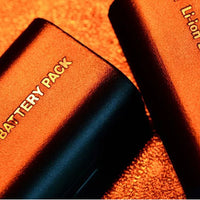
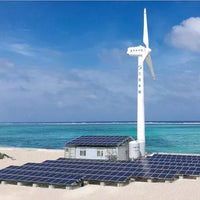
0 comments